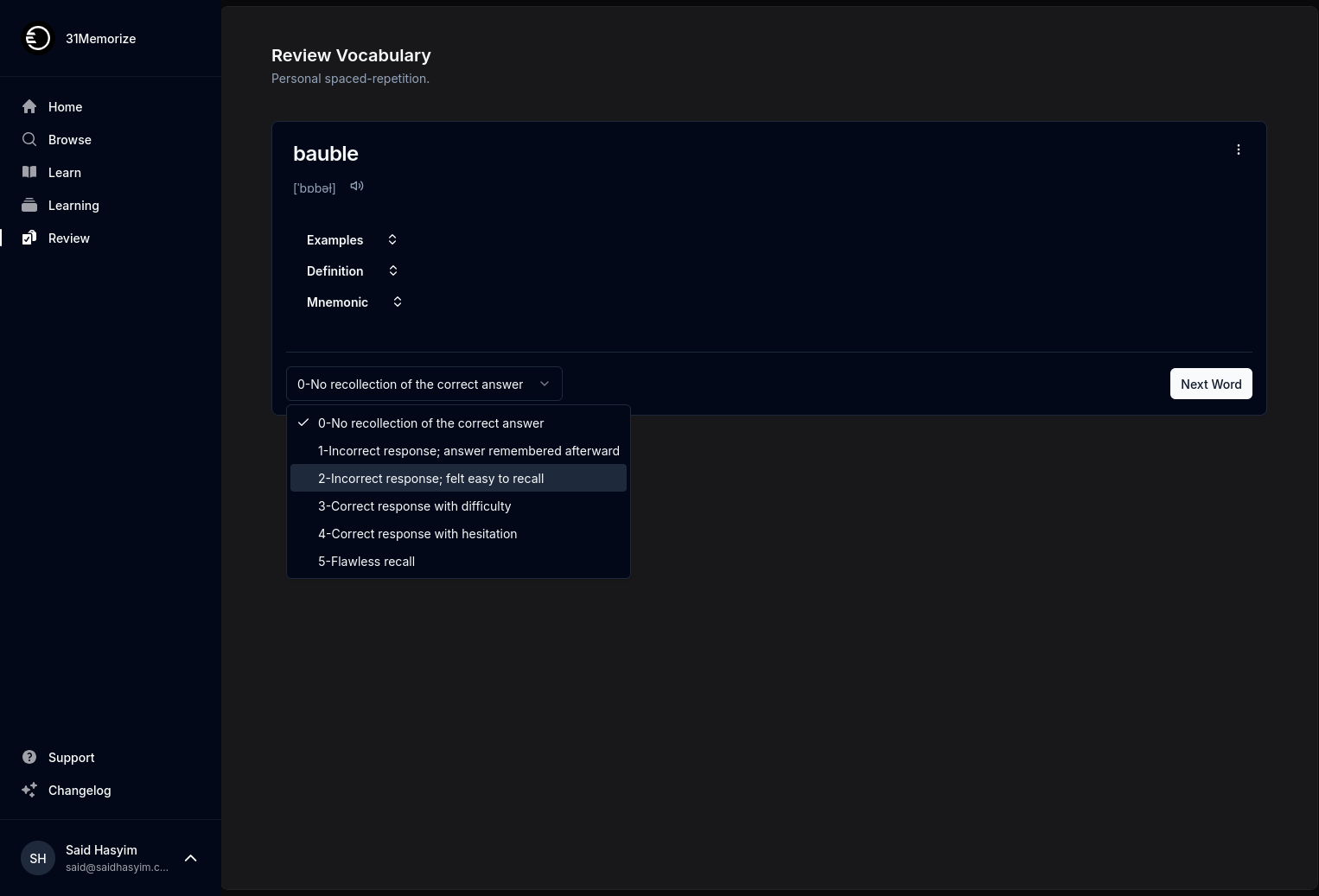The Value of Real-Time Feedback on Your Books
In the writing world, the journey from draft to published book can often feel isolating and overwhelming. Writers pour their hearts, souls, and countless hours into their manuscripts, but how do they know if their work resonates with readers? While traditional methods of gathering feedback can be valuable, the advent of real-time feedback mechanisms has transformed the way authors approach their craft. Let's explore the value of real-time feedback on your books and how it can shape and enhance your writing journey.
Understanding Real-Time Feedback
Real-time feedback refers to instant, immediate responses from readers or peers about your writing. This can take many forms—such as comments during a live reading, online feedback through platforms and forums, or an interactive writing group. Unlike delayed feedback, which can take days or weeks to receive, real-time feedback allows writers to adapt and revise while they are still in the creative flow.
The Benefits of Real-Time Feedback
Immediate Reactions
One of the primary advantages of real-time feedback is the immediacy of reader reactions. This can help a writer gauge whether their plot twists are surprising enough, if their characters are relatable, or if the pacing holds the audience’s attention. These insights can be invaluable in fine-tuning the narrative and ensuring that the final manuscript resonates with readers.
Enhanced Engagement
Engaging with readers during the writing process fosters a sense of community and collaboration. When writers share their progress with an audience or fellow writers, they create a dynamic atmosphere of support and motivation. This collaboration not only boosts morale but also encourages authors to push their creative boundaries.
Iterative Refinement
Real-time feedback allows writers to refine their work iteratively. Instead of waiting until the end of a project to make changes based on feedback, authors can incorporate suggestions and insights throughout the writing process. This can lead to a stronger narrative overall, as each piece of feedback can be reflected upon and integrated quickly.
Identifying Trends and Themes
As writers interact with their audience, they may begin to notice patterns in the feedback. Are readers consistently confused by a certain plot point? Is a character unusually popular? Recognizing these trends can help writers make more informed decisions about their storytelling direction and character development.
Breaking Through Writer’s Block
Writer’s block can be a frustrating experience, and real-time feedback can serve as a remedy. Sharing work-in-progress snippets can ignite discussions, provide new perspectives, and generate excitement. This interaction with readers—who might express enthusiasm for certain plot lines or characters—can be a powerful motivator to overcome creative hurdles.
Building Your Audience
Engaging readers during the writing process helps build an audience even before the book is published. Readers become invested in the story and the writing journey, creating a sense of ownership and anticipation for the finished product. When authors actively seek and respond to real-time feedback, they cultivate a loyal readership who will be eager to promote and defend their work.
Navigating Real-Time Feedback Effectively
While the benefits of real-time feedback are numerous, navigating this process effectively is crucial. Here are some strategies to maximize the potential of real-time reader input:
Set Clear Objectives
Before soliciting feedback, clarify what you want to learn from your readers. Are you looking for overall impressions or specific insights on character development or dialogue? Setting clear objectives can help guide the feedback process and make it more productive.
Choose the Right Medium
Different platforms offer various methods for gathering feedback—whether through social media, writing workshops, or beta reader groups. Choose the medium that suits your needs and allows for constructive engagement. For example, live readings can provide immediate feedback, while online forums may encourage more reflective commentary.
Be Open-Minded
Real-time feedback can sometimes be difficult to hear, especially if it challenges your vision. However, remaining open-minded and receptive to criticism will help you grow as a writer. Each piece of feedback is an opportunity for learning and improvement.
Balance Feedback with Your Vision
While it’s important to consider reader input, it’s equally crucial to maintain your vision as a writer. Not every piece of feedback requires action, and some suggestions may not align with your style or intent. Trust your instincts and use feedback as a tool for refinement rather than as a definitive guide.
Express Gratitude
Feedback is a gift. Always express appreciation to those who offer their insights, whether they are peers or readers. This gratitude fosters goodwill and encourages future engagement, creating a supportive network from which you can continue to draw inspiration and insights.
Conclusion
The evolving landscape of publishing and writing offers unprecedented opportunities for authors to refine their craft through real-time feedback. By embracing this approach, writers can enhance their storytelling, build engaged audiences, and navigate the complex world of publishing with greater confidence.
As you embark on your writing journey, consider incorporating real-time feedback into your process. Not only could it transform your manuscript, but it also creates a deeper connection between you and your readers—an essential element in the world of literature. So don’t hesitate; share your work, invite comments, and enjoy the collaborative journey of writing. Your story—and your growth as an author—will undoubtedly benefit from it.
